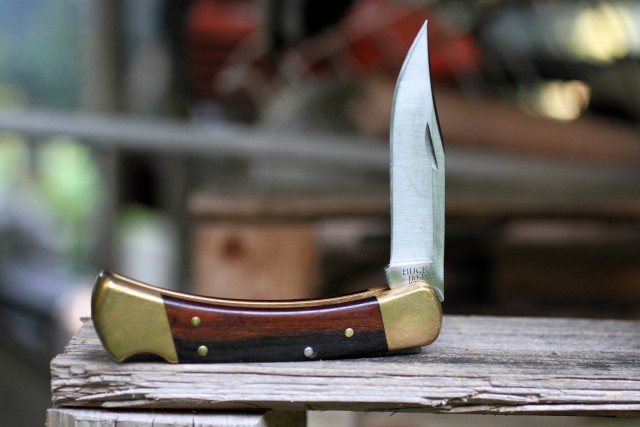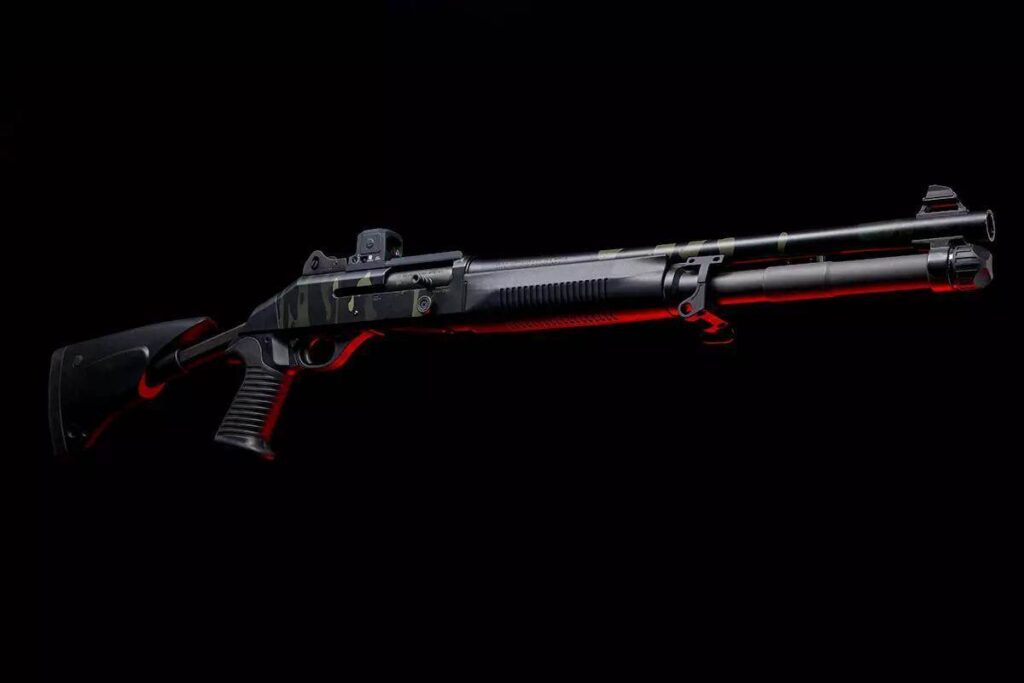The Legendary Buck 110 Folder arrived in 1963 and immediately changed the knife world. It gave hunters a folding blade that locked like a fixed knife and could be carried efficiently by all. Not to mention, it looked sharp with brass bolsters and ebony scales.
Soldiers tucked it into rucks, ranchers wore it on belts, and outdoorspeople trusted it for everything from skinning deer to cutting rope. Buck sold more than 15 million 110 knives, making it one of the most successful knives ever built.
The knife itself has never stood still. Early blades used 440C steel, prized for its toughness, before shifting to 425M in the 1980s. By the 1990s, Buck settled on 420HC, heat-treated for a balance of edge retention and corrosion resistance. Premium runs now feature steels like S30V and MagnaCut, giving collectors and hard users more bite.
Advertisement — Continue Reading Below
In 1983, Buck added contoured handles for comfort, proving they listened to feedback from the field. The 110 Auto introduced push-button deployment, while the Slim series shaved weight, added pocket clips, and embraced modern carry habits. The 60th Anniversary edition fused MagnaCut steel with classic brass and ebony, a handshake between past and future.
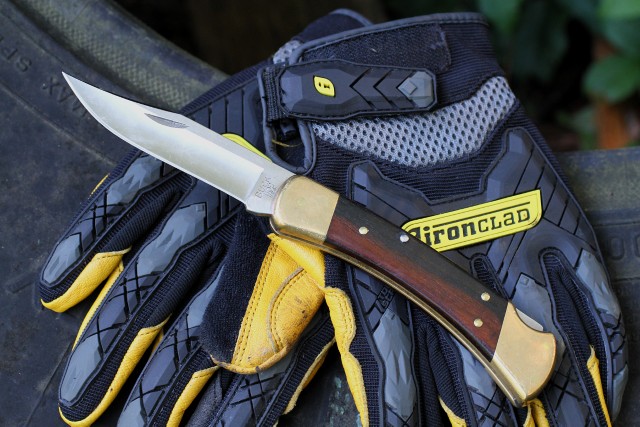
The Buck 110 endures because it never forgot its roots. It remains a knife that feels at home in a deer camp, a soldier’s kit, or a movie close-up. It is both tool and symbol—an American legend that still cuts its own path.
Advertisement — Continue Reading Below
Hollywood Likes the Legend
Hollywood noticed. The Buck 110 has flashed across screens in films like Natural Born Killers and Kill Bill. It appeared in The Dukes of Hazzard, The Walking Dead, and even made its way into music videos. It often played the role of the quiet star of a tense moment. Alexander Supertramp (Christopher McCandless) uses the Buck 110 in the movie Into the Wild. He’s carving words into some scrap wood and skinning a moose in the story of Christopher McCandless.
Directors love its silhouette because it instantly signals toughness, danger, or frontier spirit without a single line of dialogue.
The Original Buck 110
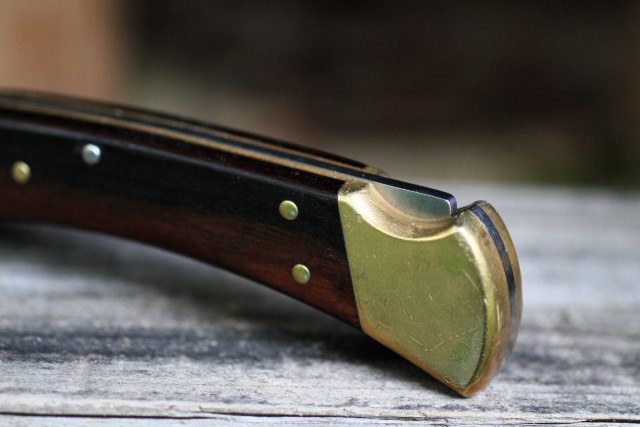
Advertisement — Continue Reading Below
The Buck 110 Folding Hunter doesn’t mess around. It pairs brass bolsters with rich Crelicam™ ebony scales—pure class. The 3.75-inch clip-point blade slices clean with heat-treated 420HC steel. Lock-back design snaps it open with confidence, no wiggle. Fold it down to 4.875 inches and stash it in the black leather sheath. Belt carry? Absolutely.
Built for hunters, but it tackles rope, wood, and stubborn packaging like a champ. The sheath comes from abroad, but the knife showcases all-American muscle.
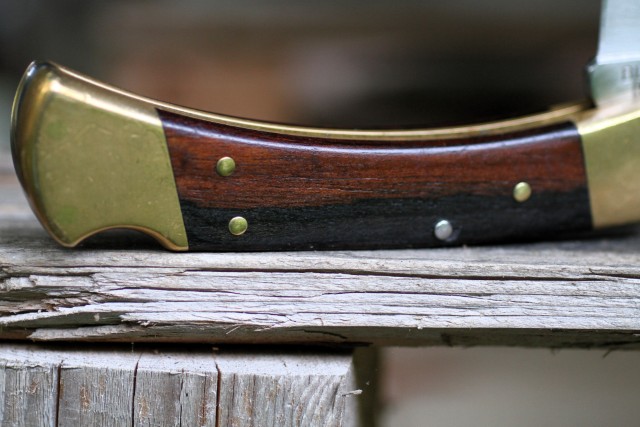
Advertisement — Continue Reading Below
A Legend in My Hand
“This is a real knife,” is what I thought the first time I handled the legendary Buck 110 folder. It just felt robust and solid. It was a far cry from the pawn shop and swapmeet knives I acquired as a kid. The Buckmaster 184 was the coolest knife due to the Rambo knife craze at the time. So, in my mind, you couldn’t beat a Buck Knife.
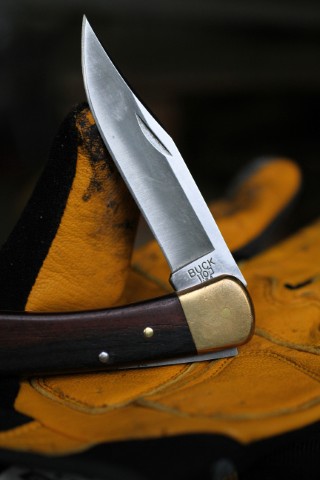
Somehow, the knife got away from me, and I acquired several newer tactical and EDC folders. Recently, I was able to reconnect with it via handling a buddy’s 110. It felt good in the hand, as always. Although it was well-worn and told a heck of a story, it was still sharp. It met turkeys and deer, along with other daily tasks. It made me wonder where mine has been and what story it had to tell.
Advertisement — Continue Reading Below
One thing is sure: it remains the undisputed champion of pocket folding hunting and utility knives. I doubt any other folders will come close in my lifetime!
Bravo, Buck Knives!
